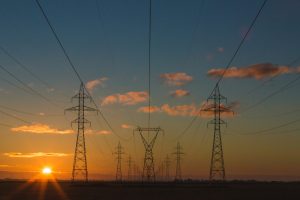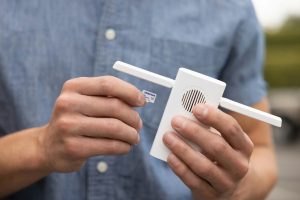Agricultural Drones With Multispectral Soil Analysis Capabilities
Agriculture is the backbone of many economies around the world. With a growing global population and the need for sustainable food production, it has become essential to optimize agricultural practices. One way to achieve this is through the use of agricultural drones with multispectral soil analysis capabilities. These cutting-edge technological devices offer a wealth of benefits to farmers and can significantly enhance their farming operations. In this article, we will explore the potential of agricultural drones with multispectral soil analysis capabilities and highlight how they can revolutionize modern-day agriculture.
The Importance of Soil Analysis in Agriculture
Soil analysis is a crucial aspect of agricultural production. It involves studying the physical, chemical, and biological properties of soil to determine its health and fertility. This information is vital for farmers as it helps them make informed decisions on nutrient management, irrigation, and crop selection. Traditional methods of soil analysis involve collecting samples and sending them to a laboratory for analysis, which can be time-consuming and expensive. However, with the advancements in technology, soil analysis can now be done in a more efficient and cost-effective manner, thanks to agricultural drones with multispectral soil analysis capabilities.
What are Agricultural Drones with Multispectral Soil Analysis Capabilities?
Agricultural drones, also known as unmanned aerial vehicles (UAVs), are aerial vehicles equipped with various sensors and cameras. These drones can fly over farmlands and collect high-resolution images, enabling farmers to obtain a birds-eye view of their crops. Multispectral soil analysis capabilities refer to the ability of these drones to capture images of farmlands in multiple wavelengths, providing farmers with detailed insights about their soil’s health.
How do Agricultural Drones with Multispectral Soil Analysis Capabilities work?
Agricultural drones with multispectral soil analysis capabilities use advanced sensors and cameras to capture images of farmlands in different wavelengths. The most commonly used sensors are near-infrared (NIR), red, green and blue. These sensors can detect different aspects of the soil, such as nutrient levels, moisture content, and soil compaction. Based on the images captured, the drones can create maps that show the variations in soil health across the farmland, allowing farmers to identify problem areas and take necessary actions.
The Benefits of Agricultural Drones with Multispectral Soil Analysis Capabilities
1. Time and Cost Savings
As mentioned earlier, traditional methods of soil analysis can be time-consuming and expensive. With agricultural drones, farmers can significantly cut down on the time and cost involved in soil analysis. These drones can cover vast areas of farmland in a short time and provide real-time data, eliminating the need to send samples to a laboratory.
2. Accurate and Detailed Information
Agricultural drones with multispectral soil analysis capabilities provide farmers with accurate and detailed information about their soil’s health. This enables them to make more precise decisions on fertilization, irrigation, and crop management. It also helps farmers identify problem areas and take corrective measures before they escalate.
3. Precision Farming
The detailed maps generated by agricultural drones allow farmers to practice precision agriculture. This involves applying specific inputs, such as water and fertilizer, in precise locations, ensuring that crops receive the nutrients they need. This technique not only leads to improved crop yields but also reduces the risk of overusing resources, which can have negative impacts on the environment.
4. Early Detection of Crop Stress and Diseases
By capturing images of farmlands in various wavelengths, agricultural drones can detect early signs of crop stress and diseases. This enables farmers to take timely action, minimizing the impact on crop yields and reducing the need for excessive use of pesticides and other chemicals.
In Conclusion
Agricultural drones with multispectral soil analysis capabilities offer a plethora of benefits to farmers, from time and cost savings to precision farming and early detection of crop stress and diseases. As technology continues to advance, these drones are becoming more affordable and accessible to farmers of all scales. By harnessing the power of these devices, farmers can improve their farming practices and contribute to a more sustainable future. It’s safe to say that agricultural drones with multispectral soil analysis capabilities are the future of modern-day agriculture.










